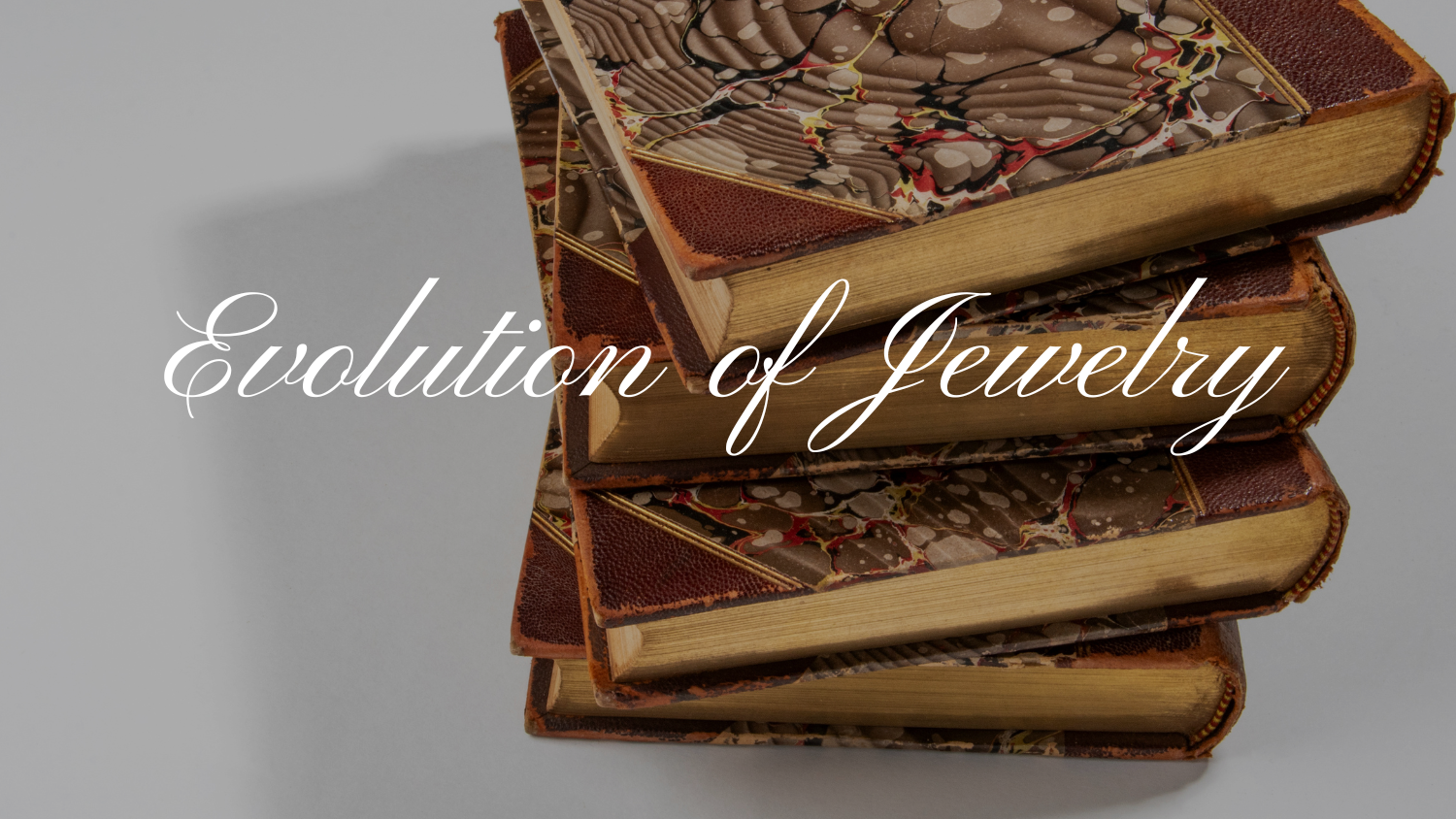Jewelry-making is an art that spans centuries, a testament to human creativity, skill, and cultural evolution. Over the last 400 years, jewelry craftsmanship has undergone remarkable transformations, reflecting changes in technology, style, and society. In this blog post, we take a captivating journey through history, exploring the methods and techniques that have shaped the world of jewelry-making.
17th and 18th Centuries: Handcrafted Elegance
In the 17th and 18th centuries, jewelry-making was a labor-intensive process that relied on skilled artisans and their dedication to craftsmanship. Intricate metalwork was often done by hand, using basic tools like hammers, pliers, and files. Gemstones were hand-cut and hand-polished, resulting in unique and irregular shapes that added to the charm of the pieces. Filigree, a technique of weaving thin metal wires into intricate patterns, gained popularity during this period. This delicate work often featured motifs inspired by nature, including leaves, flowers, and vines.
19th Century: Industrial Revolution Influence
The Industrial Revolution brought mechanization to jewelry-making. Machinery like steam-powered rolling mills and die presses allowed for the mass production of jewelry components. This era marked the introduction of machine-made chains, enabling more accessible and affordable jewelry for a wider audience. Rolled gold, a technique where a thin layer of gold was bonded to a base metal, was invented during this time. This innovation allowed for the creation of gold-like jewelry at a fraction of the cost.
Early 20th Century: Art Nouveau and Art Deco Styles
Art Nouveau celebrated flowing lines and natural forms. Enameling, a technique where glass is fused to metal, was used to create vibrant and intricate designs. In contrast, the Art Deco movement embraced bold geometric shapes and symmetry, leading to jewelry that was sleek and modern. Lalique, a renowned French jeweler, was known for his use of glass and innovative enameling techniques to create exquisite Art Nouveau pieces that captured the essence of the era.
Mid-20th Century: Innovation and Revival
During this period, synthetic materials like Bakelite and Lucite were introduced, leading to the creation of costume jewelry. Retro styles revisited earlier aesthetics, incorporating designs influenced by the Victorian, Art Nouveau, and Art Deco periods. Coco Chanel played a significant role in popularizing costume jewelry, demonstrating that elegance could be achieved using affordable materials. She mixed faux pearls, glass beads, and rhinestones with real gemstones to create impactful pieces.
Late 20th and 21st Centuries: Technological Advancements
The late 20th century saw the emergence of technological advancements. Computer-Aided Design (CAD) software transformed the design process, enabling designers to visualize and modify intricate designs before crafting them physically. Laser technology allowed for precision stone setting and intricate engraving. CAD technology has revolutionized custom jewelry design. Clients can see virtual models of their jewelry before it's made, allowing for detailed modifications and personalized touches.
Conclusion: Crafting Beauty Across Time
Each period in jewelry-making history has contributed to the evolution of techniques, styles, and materials. From the intricate filigree of the past to the fusion of technology and tradition today, jewelry-making continues to be a dynamic art form that captures the spirit of its time while honoring the legacy of craftsmanship.

